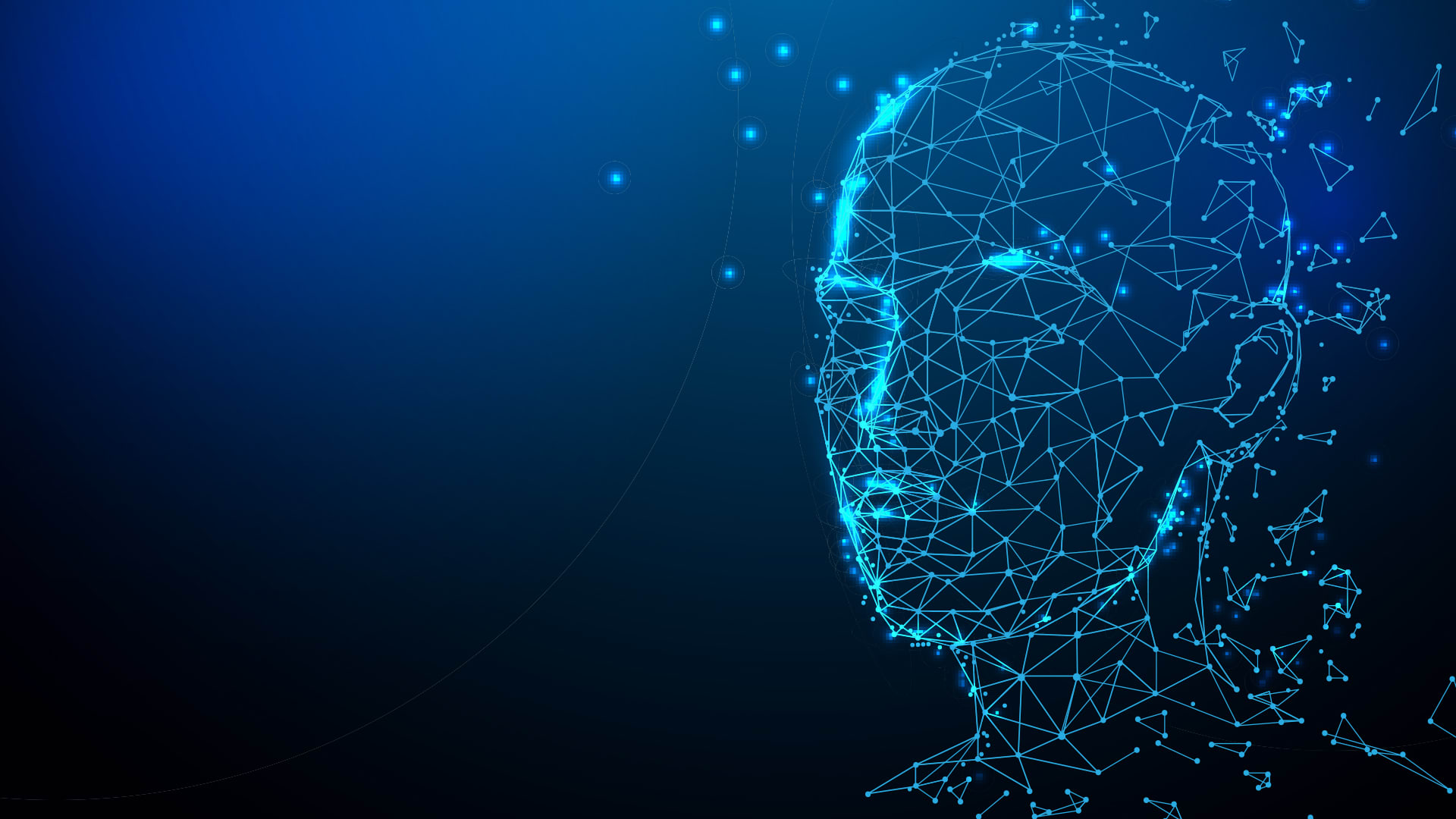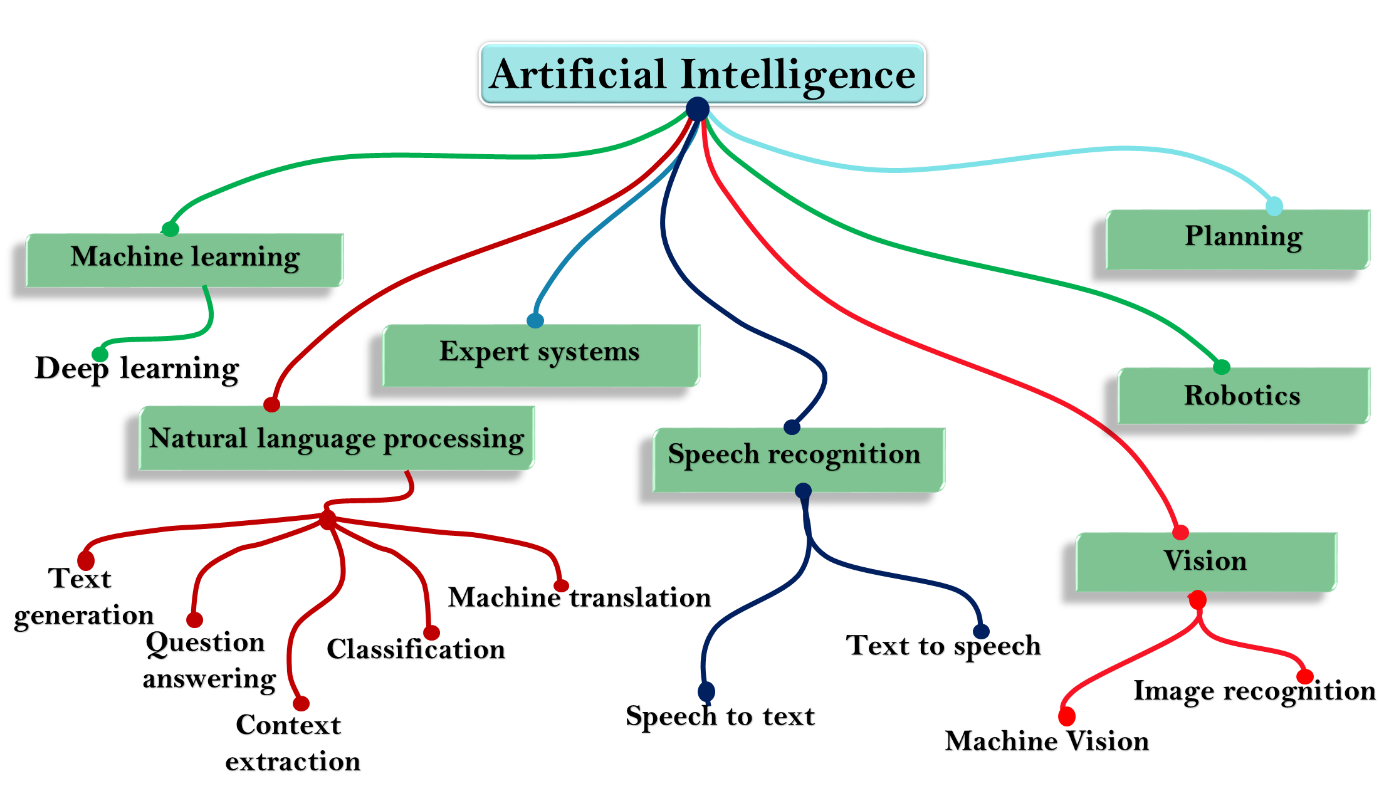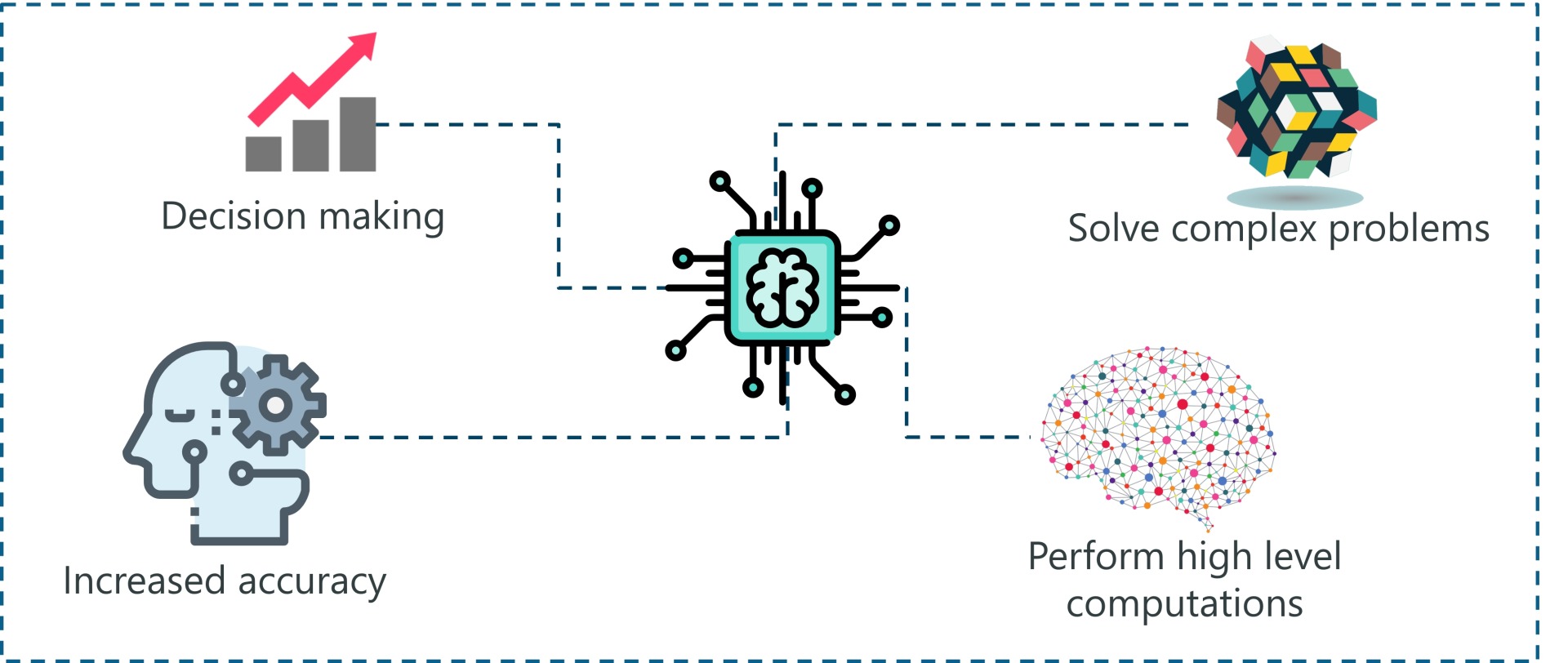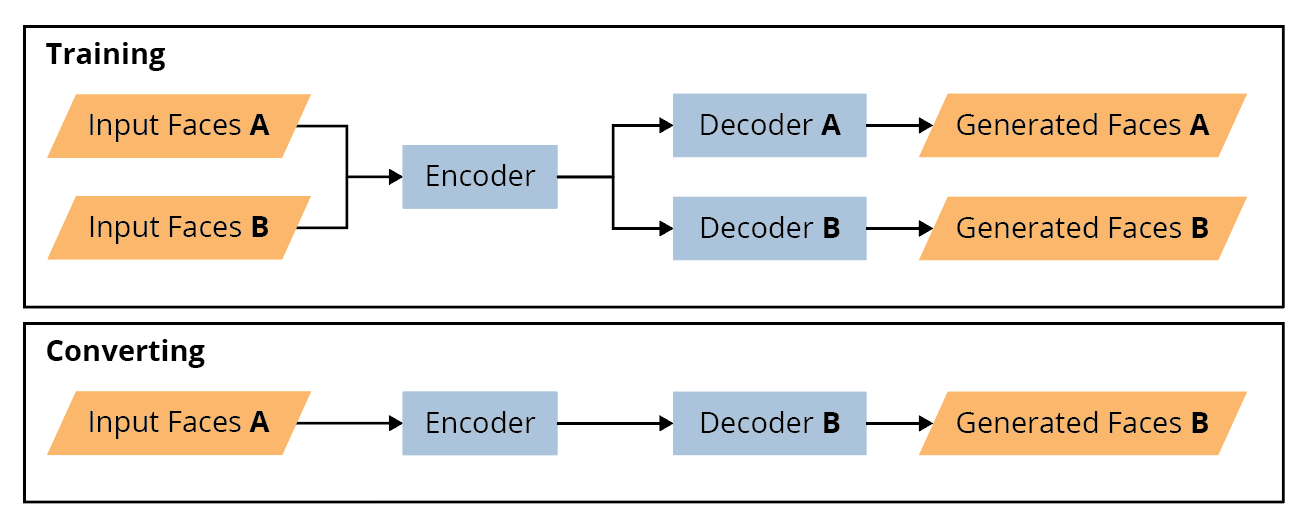Comments
- No comments found

Artificial Intelligence (AI) has come a long way in recent years and is rapidly changing the way we live and work.
While AI has the potential to greatly benefit society, it's important to understand that not all AI is created equal.
Alan Turing’s 1950 paper “Computing Machinery and Intelligence” and its subsequent Turing Test established the fundamental goal and vision of AI.
Real artificial Intelligence can be divided into several subsets, including machine learning, deep learning, natural language processing, expert system, robotics, machine vision and speech recognition.

These subsets of AI are continuously evolving and expanding as technology advances, creating new and exciting possibilities in the field of AI.
With so many tech companies claiming to have artificial intelligence functionality, what must be included for a technology to really be AI?
There are real AI applications and fake AI applications, and it's essential to know how to spot the difference between them. In this article, we'll take a look at what real AI is, what fake AI is, and how to tell the difference between them.

Real AI is a type of AI that uses machine learning algorithms to make decisions based on data. These algorithms can be trained on large amounts of data to improve their accuracy over time. Real AI applications are designed to provide value to the user, either by automating tasks, providing insights, or by helping users make better decisions.
The goal of real AI is to automate tasks, provide insights, or help users make better decisions.
How it works:
Data Collection: Real AI starts with collecting large amounts of data that the AI system will use to make decisions. This data can come from various sources such as databases, sensors, or user interactions.
Model Training: The AI system uses the collected data to train a machine learning model. The model is fed the data and uses statistical algorithms to identify patterns and relationships within the data.
Model Validation: The trained model is then validated by comparing its predictions with actual results to determine its accuracy. If the accuracy is not high enough, the model may need to be re-trained with more data or refined to better fit the problem being solved.
Deployment: Once the model has been validated, it can be deployed as a real AI system. The system will use the trained model to make decisions or predictions based on new data inputs.
Continuous Improvement: Real AI systems are designed to continually learn and improve over time. As new data becomes available, the system can be retrained to improve its accuracy and capabilities.

Source: Carnegie Mellon University
Fake AI is designed to deceive the user into thinking that it is a real AI application. Fake AI applications are often simple rule-based systems that use predetermined responses to simulate AI. The goal of fake AI is to trick users into thinking that they are interacting with a real AI system, when in fact, they are not. It does not have the ability to generalize or make decisions based on new information, and it relies on pre-programmed rules or decision trees.
How it works:
Rule-Based Programming: Fake AI is created using a set of pre-defined rules and decision trees that specify how the system should behave in certain situations. These rules are created by humans and are not based on any learning or training process.
Input-Output Mapping: Fake AI maps inputs to specific outputs, such as text-based responses, without having any understanding of the meaning behind the input or the context of the situation.
Limited Scope: Fake AI has a limited scope of operation and can only perform specific tasks within the constraints of the pre-programmed rules. It does not have the ability to learn or adapt to new situations.
Tricks and Illusions: Fake AI can be designed to appear more intelligent than it actually is by using tricks and illusions, such as chatbots that can respond to simple queries or generate generic responses.
Fake AI is a limited form of AI that is based on pre-defined rules and decision trees, maps inputs to specific outputs, has a limited scope of operation, and may use tricks and illusions to appear more intelligent.
To spot the difference between real and fake AI, it's essential to have a basic understanding of AI technology.
Real AI uses machine learning algorithms to make decisions based on data, while fake AI uses simple rule-based systems.
Another way to spot the difference between real and fake AI is to assess the results. Real AI will provide accurate results that are based on the data it has been trained on. Fake AI will provide generic or predetermined responses that may not be accurate.
Fake AI is often used in industries such as customer service, marketing, and entertainment, where the goal is to provide a specific task or experience, rather than true intelligence.
Examples of companies that may use fake AI include:
Chatbots: Many companies use chatbots to provide customer service or support, which may use fake AI to generate pre-written responses or simulate a conversation.
Virtual Assistants: Some companies use virtual assistants, such as Siri or Alexa, which use fake AI to provide limited functionality, such as playing music or answering simple questions.
AI-Powered Toys: Companies that produce AI-powered toys, such as talking robots or interactive dolls, may use fake AI to provide limited interactions or responses.
AI-Powered Marketing Tools: Some marketing companies use AI-powered tools to create targeted advertisements, which may use fake AI to generate generic responses or make limited decisions based on pre-defined rules.
Finally, examining the source code can reveal whether an AI system is real or fake. Real AI systems will have complex algorithms and code that are designed to handle large amounts of data, while fake AI systems will have simple rule-based systems with limited functionality.
Understanding the difference between real and fake AI is essential in order to make informed decisions and to ensure that we are not being deceived. By understanding the technology, assessing the results, and examining the source code, we can spot the difference between real and fake AI and ensure that we are using the right AI applications for our needs.
Leave your comments
Post comment as a guest